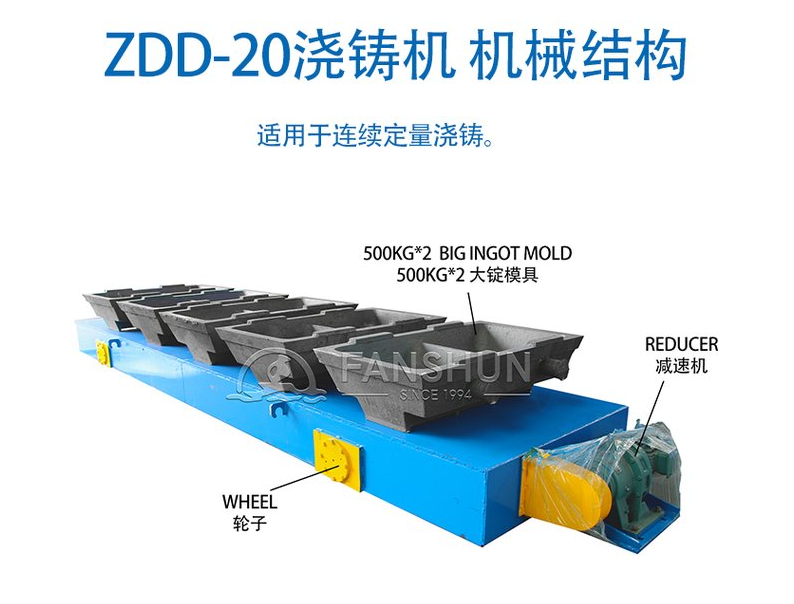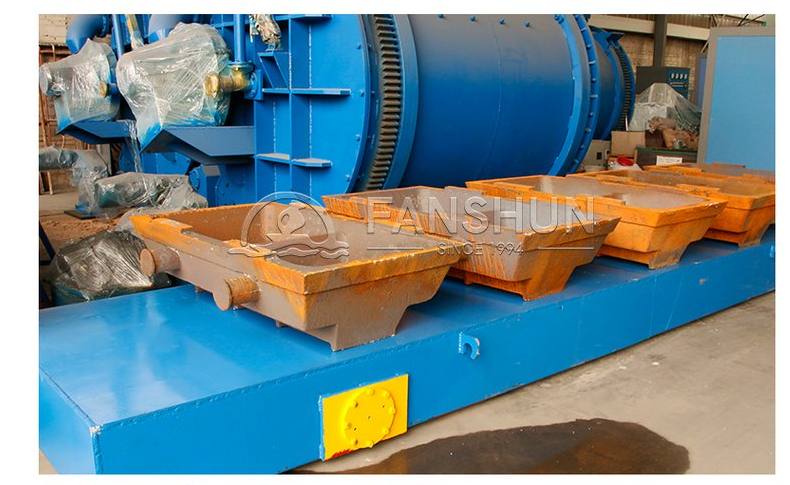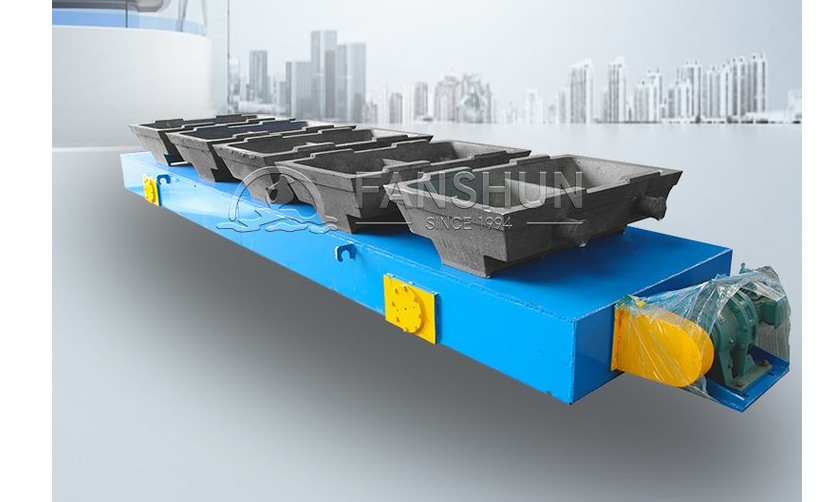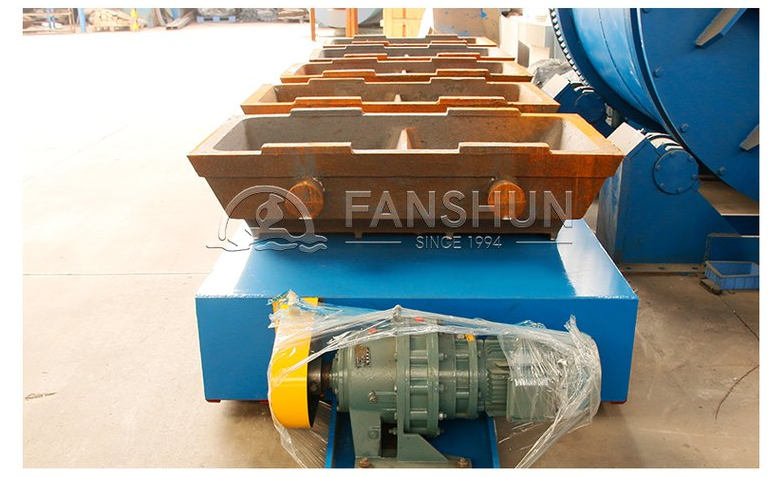How to Improve the Quality of Brass Casting in Continuous Casting Machines
Brass casting is essential in various industries due to the material’s versatility, strength, and resistance to corrosion. Ensuring high-quality brass casting is critical for manufacturers to meet the increasing demand for reliable products. One of the most efficient methods for brass casting is through continuous casting machines, including Horizontal Continuous Casting Machines, Vertical Continuous Casting Machines, Copper Tube Continuous Casting Machines, and Continuous Casting and Rolling Lines. In this article, we will explore techniques to improve the quality of brass casting in these systems, focusing on key factors like temperature control, mold design, and process optimization.
1. Understanding Continuous Casting for Brass
Continuous casting involves pouring molten brass into molds to form rods, tubes, or billets, which are solidified as they move through the casting machine. This method offers several advantages, including higher production efficiency and better product consistency. However, achieving high-quality results requires careful control of multiple variables, such as temperature, cooling rates, and alloy composition.
A Horizontal Continuous Casting Machine typically casts brass in a horizontal direction, which can be more efficient for producing rods or bars. Conversely, a Vertical Continuous Casting Machine works in a vertical direction and is often used for casting billets or other heavy products. Each machine type has its strengths, but both require careful control to avoid defects like cracks, porosity, or surface irregularities.
For specialized applications, such as the production of brass tubes, a Copper Tube Continuous Casting Machine is the preferred option. This machine is designed to produce precise, hollow products and can be fine-tuned to ensure smooth surfaces and accurate dimensions. Another advanced system is the Continuous Casting and Rolling Line, which integrates casting and rolling in a single operation, ensuring better quality control and faster production speeds.
2. Optimizing Temperature Control
One of the most critical factors in brass casting is temperature control. Molten brass must be maintained at the correct temperature throughout the casting process to ensure proper solidification. Inconsistent temperatures can lead to defects, such as cracks, shrinkage, or uneven surfaces.
For a Horizontal Continuous Casting Machine, maintaining uniform temperature across the entire mold length is essential. Uneven cooling can cause thermal stresses, leading to internal defects in the cast products. Similarly, in a Vertical Continuous Casting Machine, precise control of cooling rates ensures that the brass solidifies evenly from top to bottom, preventing gravitational effects that could compromise the product's structural integrity.
A Copper Tube Continuous Casting Machine requires even more stringent temperature management due to the complexity of producing tubular shapes. Any variation in temperature can lead to uneven wall thickness or surface roughness, which is unacceptable for high-precision applications. Automation and real-time monitoring systems can be employed to regulate temperature fluctuations, ensuring a consistent casting process.
In a Continuous Casting and Rolling Line, temperature control plays a dual role: maintaining molten metal at the right temperature for casting and controlling the temperature during the rolling phase. This ensures that the metal remains ductile during the rolling process while avoiding defects that could result from rapid cooling or uneven heating.
3. Improving Mold Design and Maintenance
The quality of the mold used in continuous casting has a direct impact on the final product. Whether using a Horizontal Continuous Casting Machine, Vertical Continuous Casting Machine, or Copper Tube Continuous Casting Machine, the design, material, and condition of the mold are crucial factors in preventing surface defects, cracks, and other imperfections.
For Horizontal Continuous Casting Machines, elongated molds must accommodate the flow of molten brass in a horizontal direction. The mold material should be capable of withstanding high temperatures without reacting with the molten brass. Regular maintenance of the mold is necessary to prevent the buildup of impurities or wear that could compromise the casting quality.
In a Vertical Continuous Casting Machine, the mold must allow for uniform cooling as the molten brass flows downward. Gravity assists in the casting process, but it also requires careful mold design to prevent defects caused by uneven solidification. Regular calibration of mold dimensions and cooling rates helps ensure consistent casting results.
A Copper Tube Continuous Casting Machine uses specialized molds to create hollow tubular shapes. These molds must be designed to ensure even flow of molten brass and uniform cooling along the tube's length. Any defects in the mold can result in uneven tube walls, leading to product rejection or the need for costly rework.
In a Continuous Casting and Rolling Line, the mold design is even more critical because it affects both the casting and rolling phases. Proper alignment of the mold and rolling equipment is essential to prevent defects during the transition from casting to rolling, ensuring a smooth and continuous process.
4. Controlling Impurities and Alloy Composition
Impurities in the brass alloy can severely affect the casting quality. Ensuring a clean, homogenous alloy is crucial for avoiding casting defects, such as cracks, inclusions, or segregation of materials. Both Horizontal Continuous Casting Machines and Vertical Continuous Casting Machines benefit from the use of high-purity input materials.
During the casting process, impurities must be removed from the molten brass before it enters the mold. This is especially important in a Copper Tube Continuous Casting Machine, where even small impurities can lead to defects in the tube walls, compromising their strength and durability. Advanced filtration systems, such as ceramic filters, can be used to remove unwanted particles, ensuring a cleaner alloy.
In a Continuous Casting and Rolling Line, controlling the alloy composition is equally important. Since this system combines casting with rolling, any impurities or inconsistencies in the alloy can cause problems during both phases. Consistent alloy composition ensures better quality control and fewer defects in the final product.
5. Automation and Real-Time Monitoring
Automation and real-time monitoring are key tools for improving brass casting quality. Modern continuous casting machines, whether Horizontal Continuous Casting Machines or Vertical Continuous Casting Machines, can be equipped with sensors and control systems that monitor temperature, pressure, and flow rates throughout the process.
In a Copper Tube Continuous Casting Machine, automation can help ensure precise control over the mold and cooling system, minimizing human error and improving consistency. Real-time monitoring systems can detect any deviations in the casting parameters and make automatic adjustments to prevent defects before they occur.
Similarly, in a Continuous Casting and Rolling Line, automation allows for seamless transitions between casting and rolling, reducing the chances of defects caused by variations in temperature or pressure. This improves the overall efficiency of the process and ensures a higher quality final product.
6. Maintenance and Calibration
Regular maintenance and calibration are essential for maintaining the quality of brass casting. Over time, wear and tear on the molds, cooling systems, and sensors can lead to defects in the cast products.
Both Horizontal Continuous Casting Machines and Vertical Continuous Casting Machines require routine inspections to ensure that all components are functioning properly. In particular, the molds must be checked for signs of wear, contamination, or deformation, as these can directly affect the quality of the cast brass.
For a Copper Tube Continuous Casting Machine, regular calibration of the tube-forming molds is especially important. Any deviation from the correct dimensions can result in tubes that do not meet the required specifications, leading to costly waste or rework.
In a Continuous Casting and Rolling Line, the rolling equipment must also be calibrated regularly to ensure that it is aligned with the casting process. Any misalignment or wear in the rolling equipment can lead to defects in the final product, reducing the efficiency and quality of the production line.
7. Conclusion: Enhancing Brass Casting Quality in Continuous Casting Machines
Improving the quality of brass casting in a Continuous Casting Machine requires attention to multiple factors, including temperature control, mold design, impurity management, and automation. Whether using a Horizontal Continuous Casting Machine, Vertical Continuous Casting Machine, Copper Tube Continuous Casting Machine, or Continuous Casting and Rolling Line, manufacturers can enhance product quality by focusing on process optimization and regular maintenance.
By implementing advanced monitoring systems, improving mold design, and maintaining a clean alloy composition, manufacturers can reduce defects and improve the overall efficiency of their brass casting operations. As technology continues to evolve, continuous casting machines will become even more sophisticated, offering new ways to improve quality and meet the growing demands of the industry.
In summary, to achieve the best results in brass casting, attention must be paid to every aspect of the process, from the input materials to the final product. Whether working with a Horizontal Continuous Casting Machine, Vertical Continuous Casting Machine, Copper Tube Continuous Casting Machine, or Continuous Casting and Rolling Line, optimizing the process will lead to superior products and a more efficient production line.





